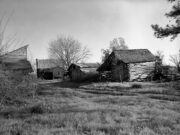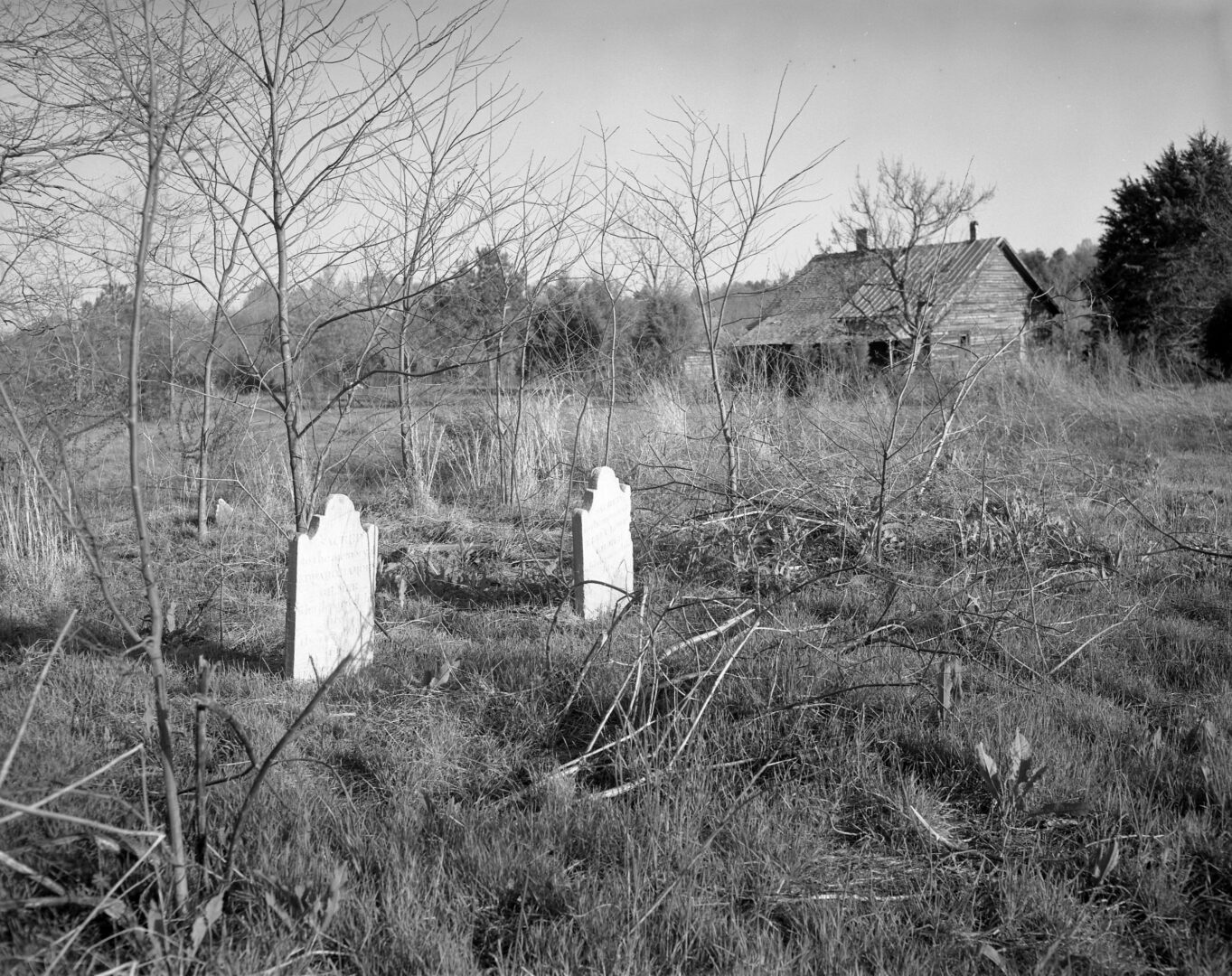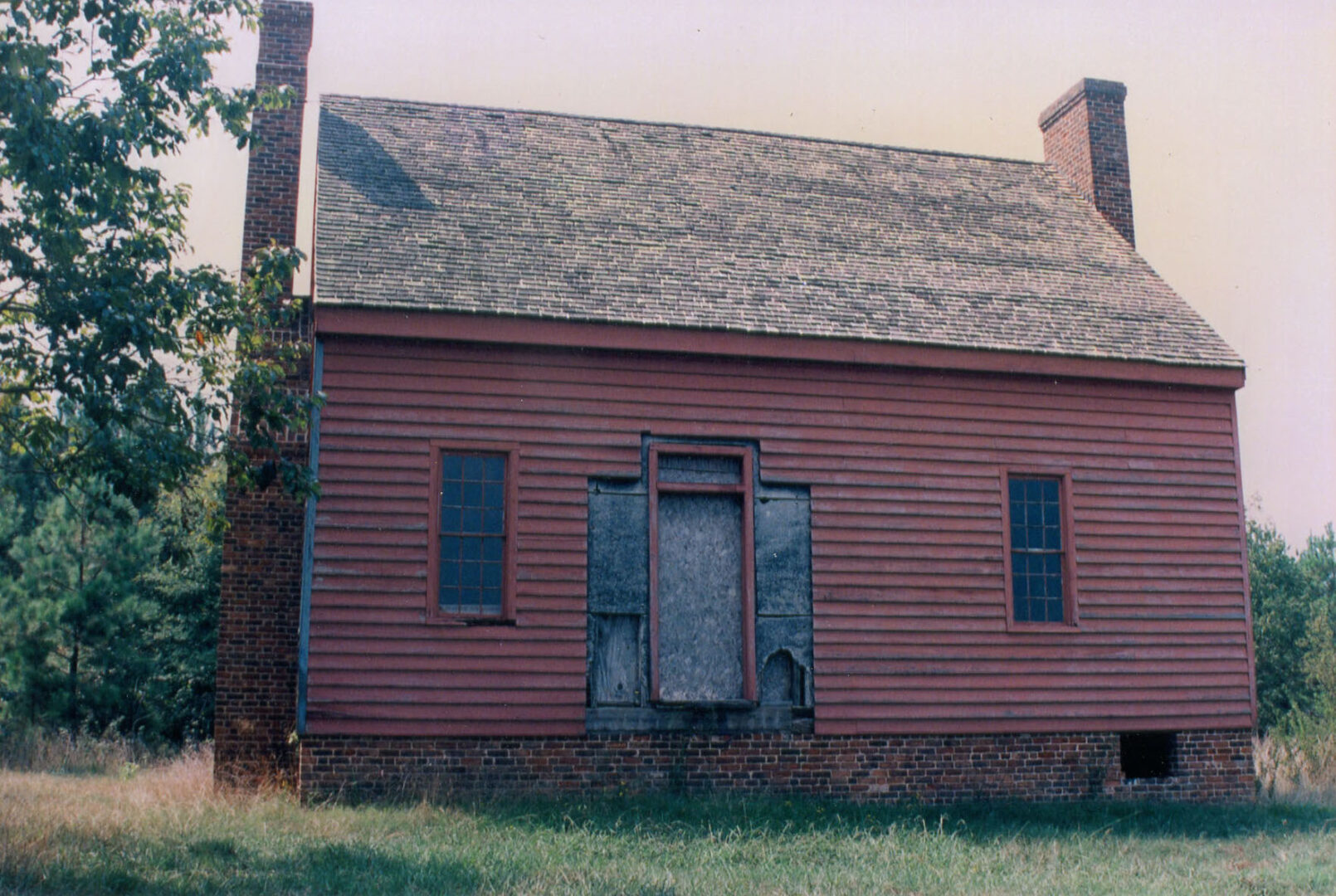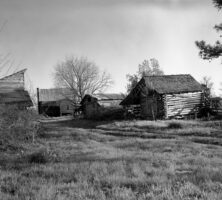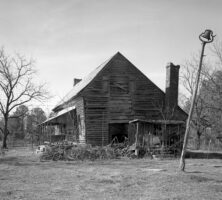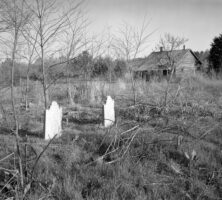The Goose Pond community of Oglethorpe County was named for a pond of at least fifty acres located near a small stream that connects to the Broad River of Georgia. Tradition claims that the pond was named for the wild geese that gathered there during the winter. Goose Pond has always retained occupants, but its heyday as a prosperous plantation and political community began to decline during the nineteenth century.
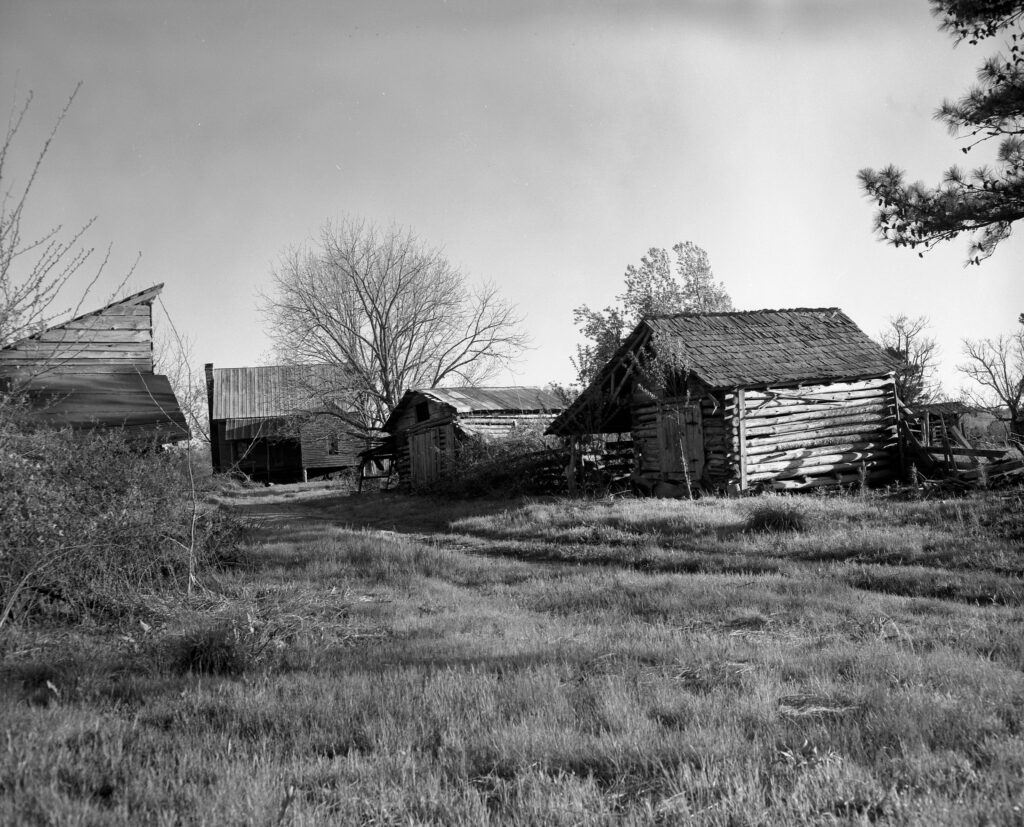
The site was originally part of the 1773 “New Purchase” or “Ceded Lands” obtained from Creek and Cherokee Indians. It became part of Wilkes County when the legislature created that political division in 1777. An early reference to the area mentions a William Candler, Whig partisan and future representative for Richmond County, who in October 1773 was to receive 100 acres starting at an abandoned field above the Goose Pond Creek if he brought settlers onto the land within a nine-month period. Records do not indicate that Candler occupied his holdings.
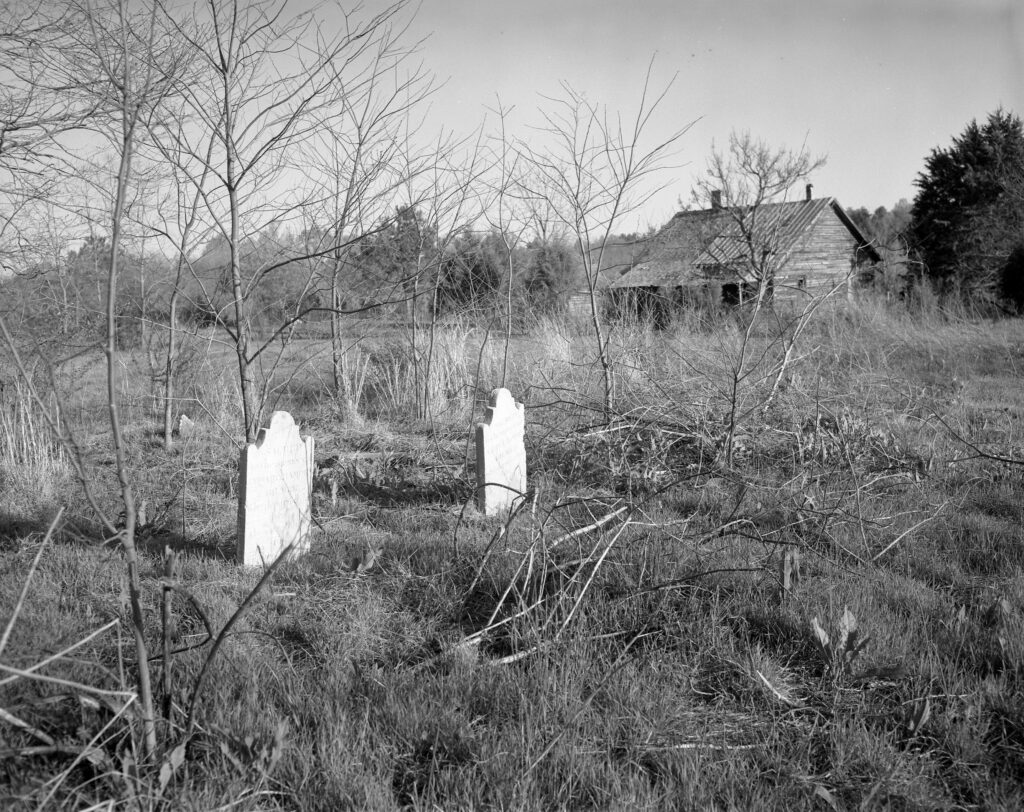
A few immigrants settled in the Goose Pond area before 1780, including North Carolinian and Revolutionary patriot Elijah Clarke, as well as Holman and John Freeman of Virginia. But the American Revolution (1775-83) disrupted settlement in the Goose Pond, as for all of Wilkes County. A later arrival, George Mathews of Augusta County, Virginia, spearheaded settlement immediately after that conflict. Mathews gained familiarity with Wilkes County when serving in Georgia during the last years of the Revolution. He petitioned the General Assembly for numerous grants of land and in 1783 purchased a disputed title to an 800-acre tract south of the Broad River and west of the Long Creek, known as the Goose Pond. His homesite later became known as the Mattox farm.
Mathews shared news of the rich soil and economic opportunities on the Georgia frontier with friends and neighbors in Virginia. Many decided to relocate their families to the Goose Pond as part of the Virginia migration to the Wilkes frontier during the 1780s and 1790s. Among the Virginia emigrants were the Taliaferro, McGeehee, Harvie, Johnson, Marks, Meriwether, and Lewis families. They formed a cohesive community based upon Virginia cultural practices as well as marital, kinship, and business ties that extended to Petersburg, Georgia, and the Edgefield District of South Carolina.
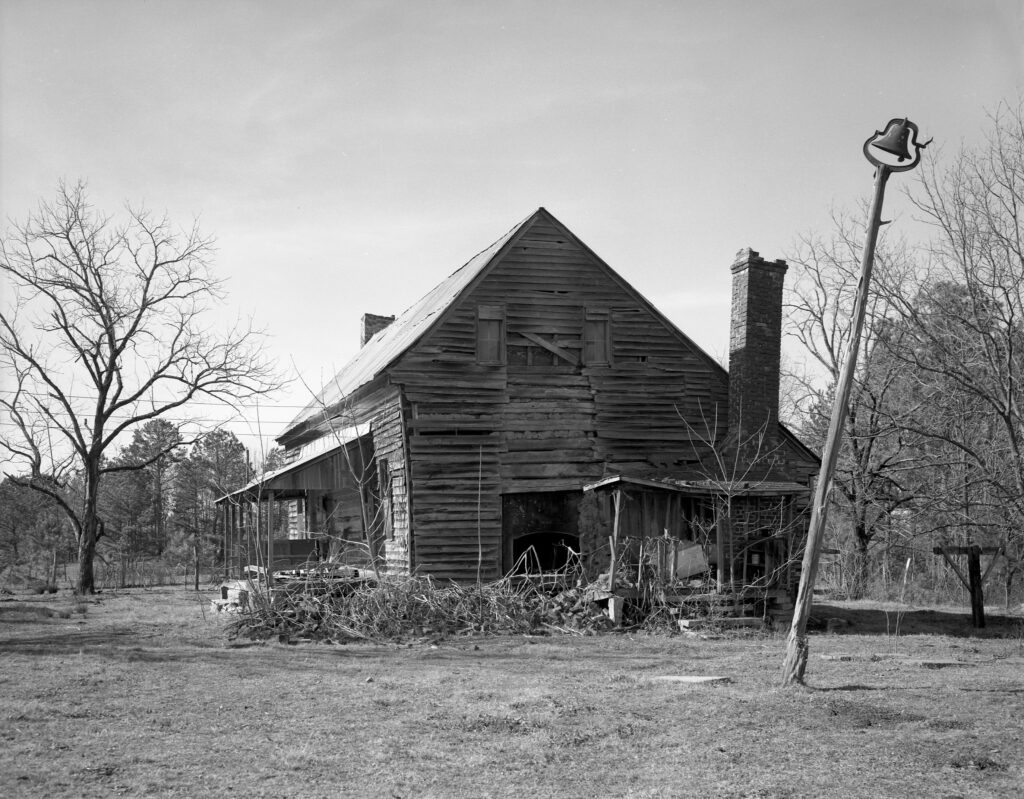
In 1793 the Goose Pond community became part of newly formed Oglethorpe County. Its residents actively influenced economic, religious, and political developments of the state. Most Virginia settlers established an economy of tobacco plantations and grain production. They helped introduce a wider practice of slavery to the Georgia frontier and intensified that practice as cotton production gained popularity during the early 1800s. So vigorously did residents cultivate these crops that by 1827 most of the original pond had been drained for agriculture. Planters and farmers of the Goose Pond community created an extensive market for their crops, making contacts in Augusta and in Charleston, South Carolina.
The area was the site of a Methodist revival during the early 1800s, when such itinerant preachers as Bishop Francis Asbury spoke in the community and stayed as a guest of the James Marks family. The first camp meeting in the area was in 1801 or 1802. Goose Pond also produced prominent state and national leaders. Some of the more influential residents or individuals closely associated with that community included Meriwether Lewis, who lived there as an adolescent, George Mathews, Benjamin Taliaferro, George R. Gilmer, General David Meriwether, William Wyatt Bibb, and William Harris Crawford.
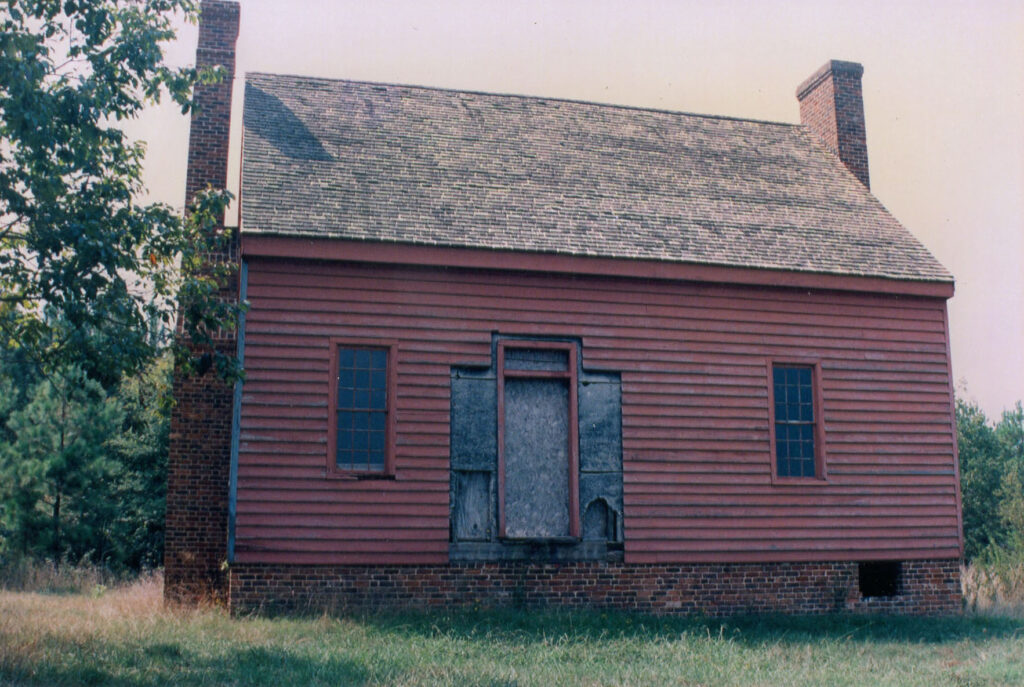
Goose Pond gradually experienced an economic and population decline by the late nineteenth century because of soil depletion caused by tobacco and cotton production; the opening of Louisiana, Alabama, Mississippi, and Texas territories; distance from the railroads; and the Civil War (1861-65).


